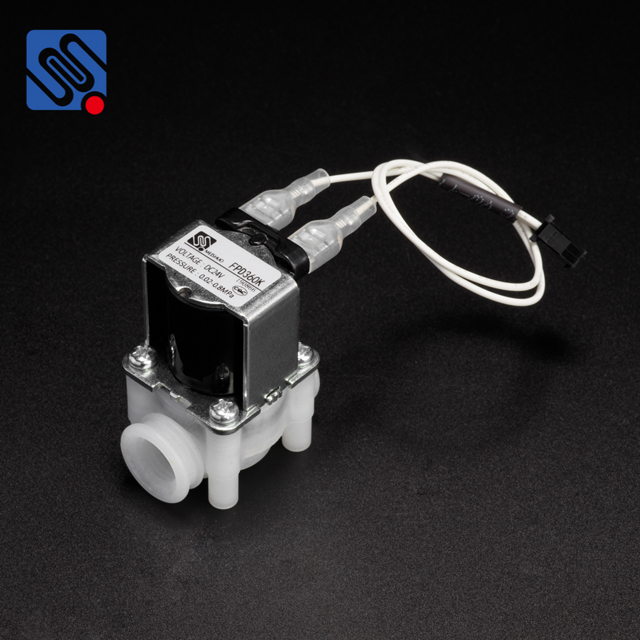In modern water treatment systems, the importance of precise control over water flow cannot be overstated. Whether it’s for drinking water purification, wastewater management, or industrial water systems, maintaining proper water flow and pressure is essential for effective treatment and sustainable operation. One crucial component that plays a significant role in this process is the Water Treatment System Solenoid Valve. This article explores the working principles, applications, benefits, and challenges of solenoid valves in water treatment systems, highlighting their importance in the industry.

What is a Water Treatment System Solenoid Valve? A solenoid valve is an electromechanical device used to control the flow of fluids or gases in a system. In a water treatment system, these valves regulate water flow by opening and closing in response to an electrical current, making them essential in automated water treatment processes. The solenoid valve consists of a coil of wire (the solenoid) and a plunger or piston, which moves in response to the electric current to open or close the valve. This allows for precise control over the water flow, which is particularly important in complex treatment processes that require exact timing and measurement.